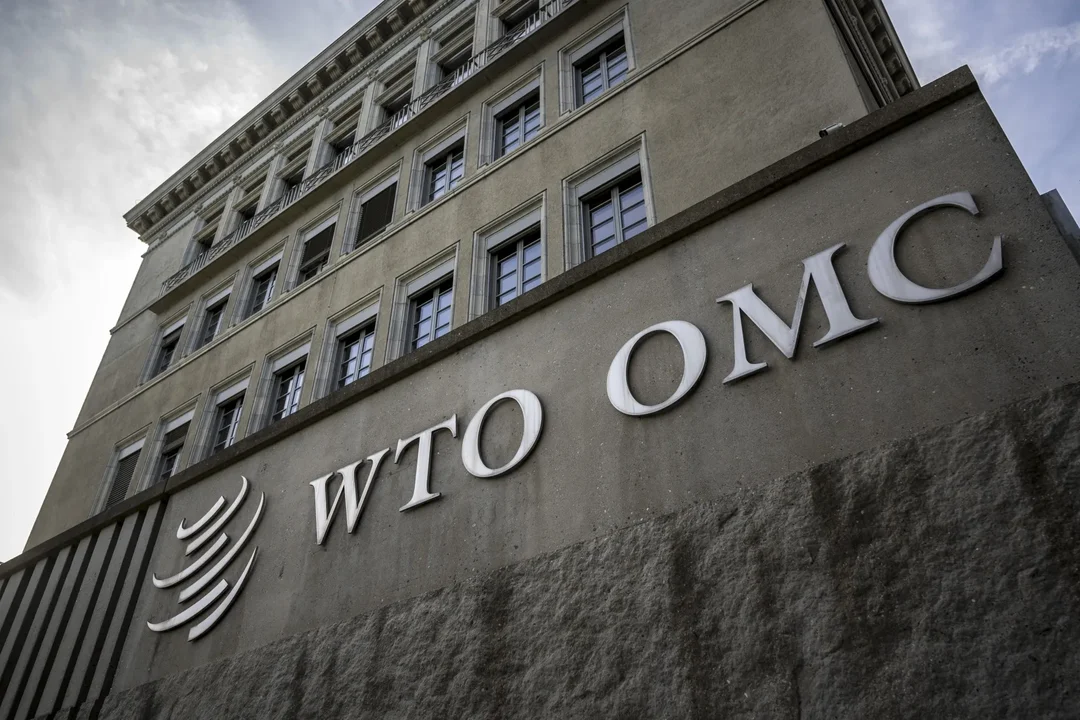
Is Global Trade at a Brink? The Unseen Effects of Trump’s Tariffs Revealed
The recent warnings from the World Trade Organization (WTO) regarding the effects of tariffs imposed by former President Donald Trump have sparked renewed concerns about the future of global trade. With predictions of market declines and economic slowdowns, the implications of these tariffs are becoming increasingly critical.
In a significant forecast shift, the WTO has revealed that it now expects merchandise trade to decline by 0.2% this year, a stark reversal from earlier predictions of growth. This new forecast underscores the profound impact of Washington's tariffs, which were initially anticipated to boost U.S. profits but instead threaten to disrupt international commerce. Ngozi Ikonjo-Iweala, the WTO's Director-General, described the escalating tensions, particularly between the U.S. and China, as a "worrying phenomenon" that could lead to an unprecedented 81% decline in trade between the two economic giants without exemptions for essential tech products.
The latest data paints a bleak picture—a 0.8% decline in global goods trade could ensue if Trump’s reciprocal tariffs are reinstated after a 90-day pause. According to the WTO, this burst of uncertainty and protective measures ultimately dampens business confidence, which can lead to diminished investment and slower economic growth.
Moreover, the ripple effects of these tariffs extend beyond mere statistics. Countries like Lesotho, which relies heavily on exports to the U.S., have found themselves disproportionately affected. Trump's tariffs threaten to inhibit the economic development of emerging markets that depend on exporting goods to wealthier nations. Lesotho, facing a massive 50% tariff, exemplifies how economies already struggling with low per capita GDP could be pushed into deeper poverty.
The UN Trade and Development body (UNCTAD) has also weighed in, criticizing the tariffs as detrimental to poorer countries striving to grow through export-led growth. UN officials advocate for exempting vulnerable economies from such tariffs to foster a more inclusive global trading system. The growing global trade uncertainty has led to calls for reform—whether the WTO can adapt and ensure equitable trade practices remains an open question.
Despite the tumultuous landscape, some analysts predict that Chinese exports to markets outside North America will rise by up to 9% in 2025 as they seek new global partnerships. This shift in trade dynamics indicates a potential diversification that may alter the current geopolitical landscape.
As tensions continue to escalate, the world watches with bated breath. Will the WTO's warnings be heeded, or will the cycle of tariffs and trade wars persist, leading to a more fractured global economy? The discussion around these tariffs opens important questions about the future of international trade and the responsibilities of global powers in fostering an environment conducive to growth and collaboration.
In conclusion, while the immediate effects of these tariffs are alarming, they pose a broader question about the sustainability of the global trading system. We encourage readers to share their thoughts on how tariffs and trade policies impact not only economies at large but also the livelihoods of individuals worldwide. Will better diplomatic efforts produce a more favorable outcome for both developed and developing nations?